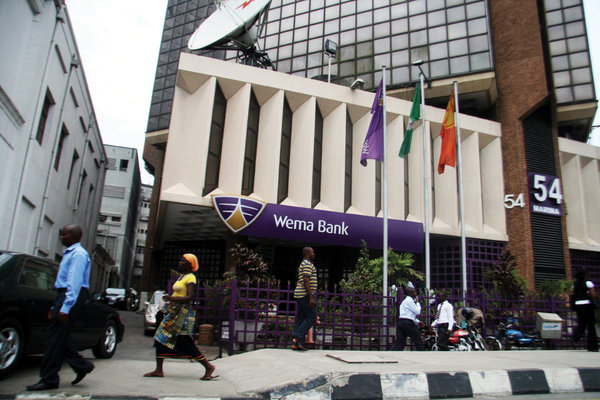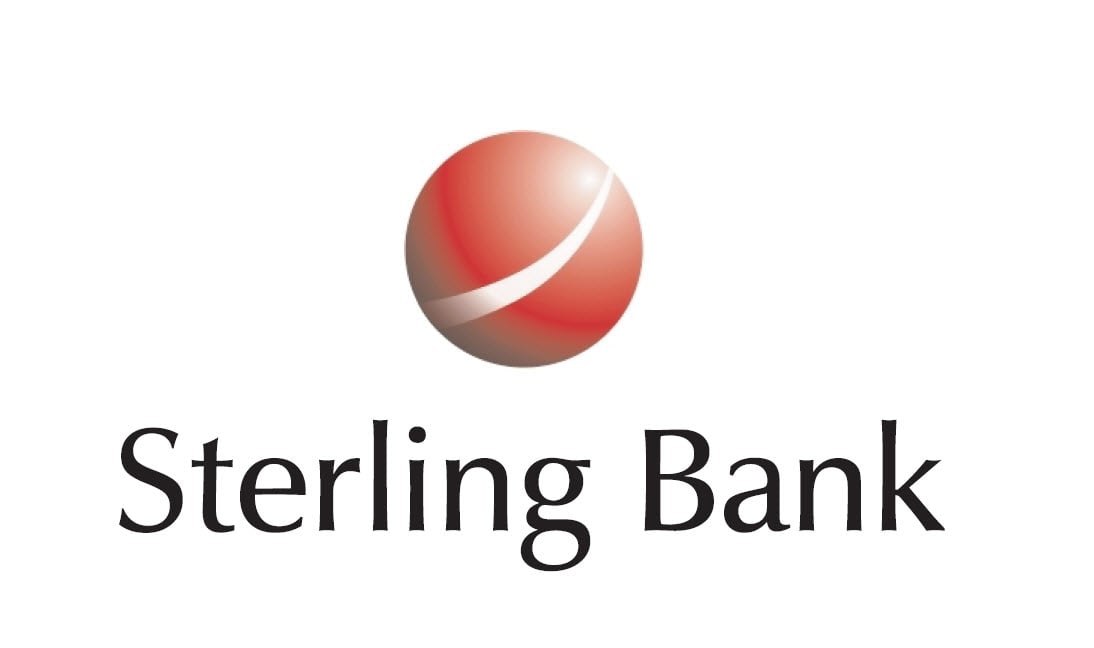Last year, Wema Bank scaled earnings growth positively to the level of being counted among the highest growth drivers in the banking sector. This year the high growth momentum seems to have weakened with the full year outlook indicating flat growth in both revenue and profit. The bank needs all the speed possible in growing profit for it to bring down the towering mountain of retained deficits and end the dividend holiday that has run for many years.
The dynamics of the operating environment is no doubt daunting for all the operators but Mr. Segun Oloketuyi, managing director/chief executive officer of Wema Bank remains confident in his resolve to translate the challenges into opportunities. His strategy is to keep revenue growing and cost moderating, which is the right treatment for the bank’s backward profit margin.
A major strength has been built in respect of a significant reduction in the ratio of non-performing loans, which has freed the income statement of the burden of massive credit losses. The bank’s turnaround process focuses on cleaner loan books and improved risk management quality, which are on course so far. A drop of over 70% in net provisioning for loan losses enabled the bank to defend profit margin and improve profit slightly ahead of revenue in the first quarter.
The bank posted a gross income of N10.62 billion at the end of the first quarter, which is an improvement of 4% year-on-year. Interest income led the revenue growth during the period in reflection of the improved asset quality of the bank. Gross income is projected at N44.5 billion for Wema Bank at full year. This is indicating that the revenue growth of 18.4% the bank recorded last year may slow down to 5.4% in 2015 based on the first quarter growth rate. The bank achieved one of the strongest revenue growths in the banking industry in 2014. Revenue growth may possibly step up in the coming quarters, as business activity picks up generally.
Advertisement
By far the biggest change that has happened in the income statement of Wema Bank is a massive reduction in credit losses that used to claim much of the revenue. Net impairment charge dropped by 70.4% in the first quarter to as low as N56 million on a net credit portfolio of more than N135 billion.
Another favourable development is that operating expenses declined slightly at 1.5% at the end of the first quarter against the moderate improvement in revenue. This has lowered the bank’s operating cost margin slightly from 52.4% at the end of last year to 49.4% at the end of March. The ratio remains well above the average industry level but nevertheless represents a considerable progress in the effort to rebalance the bank’s cost-income relationship.
One major expense item remains out of control, which is interest cost. Interest expenses grew by 16.2% year-on-year in the first quarter while total deposits declined by 13.6% during the same period. Interest expenses claimed an increased share of gross earnings at 44.2% in the first quarter compared with 39.5% in the same period last year. This is however in line with the general industry trend, as banks too are feeling the pinch of the prevailing high interest rates.
Advertisement
Despite some progress in reducing the bank’s cost-income ratio, Wema Bank still has one of the lowest profit margins in the banking industry. It converted just 4.9% of its gross income into net profit in the first quarter, which is even a decline from the 5.6% it did in the 2014 full year. The bank’s comparatively low profit margin reflects equally its high cost ratios in respect of interest expenses and operating cost. Wema Bank is devoting far higher proportions of its revenue to these two cost elements than other banks are doing.
After tax profit amounted to N523 million at the end of the first quarter, an improvement of 4.2% year-on-year. Full year prospects indicate a closing net profit of N2.45 billion for Wema Bank in 2015. This would be a moderate growth of 3.4% – a sharp slowdown from an outstanding growth of 48.1% in 2014. The bank needs as much rapid profit growth as possible to mow down the big mountain of accumulated losses that presently stand in the way of dividend payment. Retained deficits stood at N34.43 billion at the end of the first quarter, requiring many years of full profit retentions to clean out.
The drop of 13.6% in deposits registered on the asset side of the balance sheet with drops of 9.5% in loans and advances and 10.2% in asset base against the 2014 closing figures. Total assets amounted to N343.39 billion at the end of the first quarter. It grew by 15.6% in the 2014 full year. Total deposit portfolio stood at N226.63 billion as at the end of March supported by an equity base of N44.29 billion.
The bank earned 1 kobo per share in the first quarter with a full year expectation of 6 kobo per share. It has outstanding shares of 38,574 million.
Advertisement







